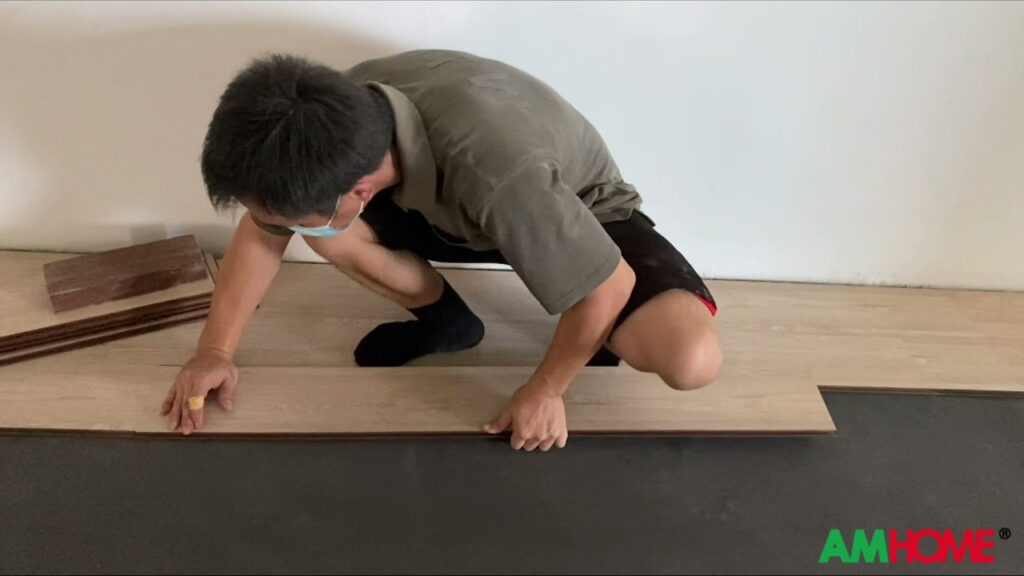Understanding Asbestos and Its Risks
Asbestos is a naturally occurring mineral that was once commonly used in construction materials due to its fire-resistant and insulating properties. However, it was later discovered that exposure to asbestos fibers can lead to serious health risks. When materials containing asbestos are disturbed or damaged, tiny fibers can be released into the air, posing a risk of inhalation.
Exposure to asbestos has been linked to health issues such as lung cancer, mesothelioma, and asbestosis. These diseases often have a long latency period, meaning symptoms may not appear until many years after exposure. Asbestos-related diseases can be debilitating and have a high fatality rate, making it crucial to understand the risks associated with asbestos exposure.
Due to the serious health risks, regulations have been put in place to control the use of asbestos and protect individuals from exposure. It is important for homeowners, construction workers, and anyone working with older buildings to be aware of the potential presence of asbestos-containing materials and take appropriate precautions to prevent exposure.
Identifying and safely managing asbestos-containing materials is essential in minimizing the risk of exposure. This may involve professional asbestos testing and, if necessary, engaging certified professionals for the safe removal and disposal of asbestos-containing materials. Awareness and understanding of asbestos risks are crucial in preventing future cases of asbestos-related diseases.
Recognizing Asbestos Tiles
Asbestos tiles were commonly used in construction and flooring materials before the 1980s due to their durability and fire-resistant properties. Recognizing asbestos tiles is essential for anyone involved in renovation or maintenance of buildings constructed before this period.
1. **Visual Inspection:** Asbestos tiles are often vinyl or asphalt-based, and they may have a unique appearance with a marbled or speckled pattern. When inspecting older flooring, look for 9-inch by 9-inch tiles, as this was a standard size for asbestos-containing tiles.
2. **Laboratory Testing:** It is crucial to have suspected asbestos-containing tiles tested by a certified laboratory. Professional asbestos testing can accurately confirm the presence of asbestos and determine the appropriate handling procedures.
3. **Seeking Professional Help:** When in doubt, it is best to consult with asbestos abatement professionals who are trained to identify and safely remove asbestos-containing materials. Do not attempt to remove or disturb suspected asbestos tiles without proper guidance and protective equipment.
4. **Regulatory Compliance:** Always ensure that any renovation or maintenance work on buildings with suspected asbestos tiles complies with local regulations and guidelines for asbestos management and abatement.
By familiarizing yourself with the visual characteristics of asbestos tiles and seeking professional assistance when needed, you can effectively recognize and address the presence of asbestos-containing materials, ensuring a safer environment for building occupants and workers.
Testing for Asbestos
Why Test for Asbestos?
When renovating or demolishing older buildings, it’s essential to test for the presence of asbestos. Asbestos was commonly used in building materials before its health risks were discovered. Exposure to asbestos fibers can lead to serious respiratory diseases, including lung cancer and mesothelioma. As a result, testing for asbestos is crucial to ensure the safety of workers and occupants.
The Testing Process
Asbestos testing involves the collection of samples from suspect materials and their analysis by accredited laboratories. Samples are carefully collected to minimize the release of asbestos fibers into the air. Testing methods may include polarized light microscopy (PLM) or transmission electron microscopy (TEM) to accurately identify the presence and concentration of asbestos fibers.
Professional vs. DIY Testing
While DIY asbestos testing kits are available, it’s recommended to hire a certified asbestos professional for testing. Professionals have the necessary training and equipment to safely collect and analyze samples, ensuring accurate results. Additionally, professional testing may be required by local regulations or for building permits, making it a crucial step in the renovation or demolition process.
Interpreting Test Results
Upon receiving the test results, it’s important to interpret them correctly. If the presence of asbestos is confirmed, proper abatement procedures must be followed to safely remove the hazardous materials. On the other hand, if no asbestos is detected, it provides peace of mind and allows for safe continuation of the renovation or demolition project.
Safely Removing Asbestos Tiles
Removing asbestos tiles should always be approached with caution and in accordance with the applicable regulations and guidelines. Asbestos, when disturbed, can pose serious health risks, so it’s crucial to engage in safe removal practices. Firstly, it is important to hire a licensed and experienced asbestos removal professional who understands the proper handling and disposal of asbestos-containing materials. These professionals have the necessary training and equipment to ensure the safe removal of asbestos tiles without causing any harm to the occupants or the environment.
Additionally, prior to the removal process, it’s essential to conduct a thorough inspection to identify the extent of asbestos contamination and to develop a comprehensive removal plan. This plan should include sealing off the work area, using appropriate protective gear, and employing specialized removal techniques to minimize the release of asbestos fibers. It’s crucial to follow these steps to prevent the dispersal of asbestos particles into the air, which could pose a significant health hazard.
Furthermore, proper disposal of asbestos-containing materials is of utmost importance. These materials should be carefully packaged and transported to approved disposal sites in compliance with local regulations. It’s essential to prioritize safety throughout the entire removal process to minimize the risk of asbestos exposure and to protect the health and well-being of all individuals involved. When it comes to asbestos tile removal, safety should always be the top priority.
Professional Treatment Options
When it comes to seeking professional treatment options, individuals have a variety of choices available to address their specific needs. One common option is therapy, which can be provided by licensed therapists, counselors, or psychologists. Therapy sessions offer a safe and confidential space for individuals to explore their thoughts, emotions, and behaviors, and work towards healing and personal growth.
Another professional treatment option is medication management, which involves working with a psychiatrist or other healthcare provider to determine the appropriate medication to address mental health concerns. Medication management is often used in conjunction with therapy to provide comprehensive support for individuals dealing with conditions such as depression, anxiety, or bipolar disorder.
In addition to therapy and medication management, some individuals may benefit from more intensive treatment options such as residential or inpatient programs. These programs provide round-the-clock care and support for individuals struggling with severe mental health issues or addiction. They offer a structured environment, intensive therapy sessions, and medical oversight to help individuals stabilize and work towards recovery.
Other professional treatment options may include alternative therapies such as art therapy, music therapy, or mindfulness practices, which can complement traditional treatment approaches and offer additional avenues for healing and self-expression.
Ultimately, choosing the right professional treatment option depends on individual needs, preferences, and the guidance of qualified healthcare professionals. It’s important to explore and discuss these options with a trusted provider to determine the most effective path towards wellness and recovery.


